In this article, we will talk about Event ID 129, Reset to device, \Device\RaidPort1, was issued warning on Windows computers. This is a warning message in Windows Event Viewer. According to the reports, users experienced freezing issues on their Windows computers. On investigating the cause of this issue, they found this warning message in Windows Event Viewer.
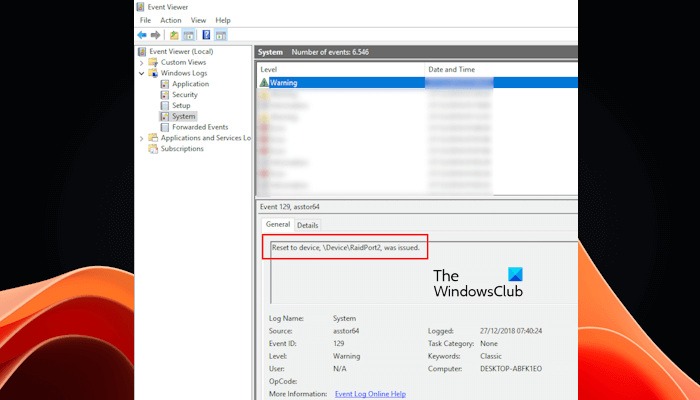
The format of the Event ID is as follows:
Event Type: Warning
Event Source: <HBA_Name>
Event Category: None
Event ID: 129
Computer: <Computer_Name>
Description: Reset to device, \Device\RaidPort1, was issued.
The HBA name is different for different users. HBA stands for Host Bus Adapter. It is a circuit board or an IC chip that enables the connection between a host system (either a computer or a server) and networks or storage devices. You may see different HBA names depending on the storage device you have installed.
Event ID 129, Reset to device, \Device\RaidPort1, was issued
The Event Viewer can show the warning message Event ID 129, Reset to device, \Device\RaidPort1, was issued after a sudden freezing of the computer or the server. The RAID Port may be different in your case depending on the RAID setup. If you do not fix this issue, the freezing problem may keep occurring on your Windows computer or the server. Use the following solutions to fix this issue.
- Run the chkdsk scan
- Uninstall the third-party disk management software
- Update the HBA drivers and HBA firmware
- Disable Link State Power Management
- Set your Power Plan to High Performance
- Update Intel Rapid Storage Technology driver (if applicable)
- Update AHCI Link Power Management settings for your hard drive
- Format your hard disk
- Your hard disk might be faulty (Contact hardware vendor support)
Below, we have explained all these fixes in detail.
1] Run the chkdsk scan
Because this issue is associated with your storage device, there can be bad sectors on your hard disk. Therefore, we suggest you scan your hard disk for errors. Windows 11/10 computers have a built-in utility called Check Disk that scans hard disks for errors and repairs them.
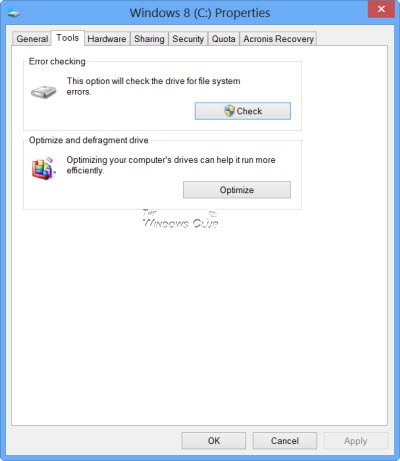
Run the chkdsk scan and see if the problem occurs after that. Do not interrupt the scan till it completes.
2] Uninstall the third-party disk management software
If you have installed third-party disk management software, it can be the cause of this issue. We suggest you uninstall it and monitor your system if it freezes again. If your system freezes after uninstalling the disk management software, check event logs to see if it shows the same warning message this time.
If the issue occurs after uninstalling the third-party disk management software, that software is not the culprit of the issue.
3] Update the HBA drivers and HBA firmware
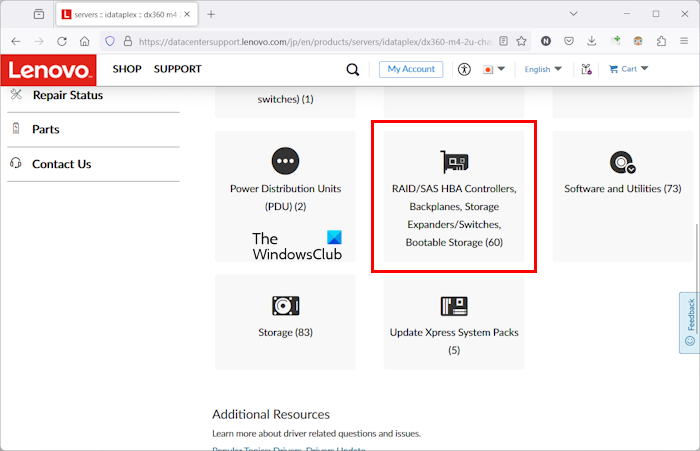
Make sure that your HBA controller driver and firmware are up to date. You can also try reinstalling the HBA controller driver. The HBA controller driver and firmware are available on the official website of the manufacturer. You can download it from there and install it.
4] Disable Link State Power Management
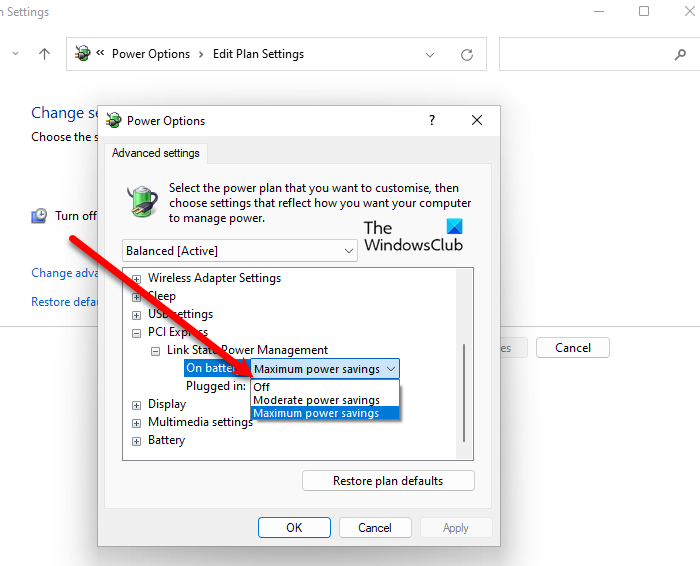
If the issue still persists, we suggest you disable the Link State Power Management for PCI Express and see if it works. You can do so by opening your Power Plan settings in the Control Panel.
5] Set your Power Plan to High Performance
Selecting the High Performance Power Plan in the Control Panel can also help fix this issue. The following steps will guide you on this:
- Open the Control Panel.
- Switch the View by mode to Large icons.
- Select Power Options.
- Now, select the High performance power plan.

If the High Performance power plan is missing on your system, you can restore it and restore other missing power plans by executing the respective commands in the Command Prompt as an administrator.
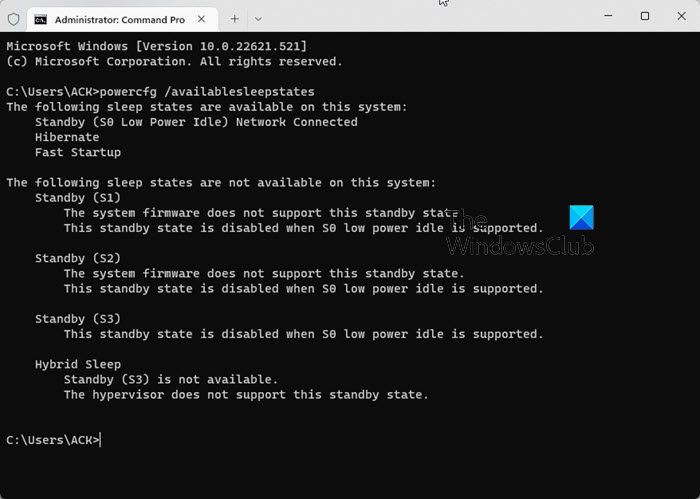
If the commands to restore the default of missing Power Plans do not work and you see only the Balanced Power Plan in the Control Panel, the Modern Standby Mode S0 is activated on your system. In such a case, you need to disable the Modern Standby Mode S0 to restore the default or missing Power Plans on your system.
6] Update Intel Rapid Storage Technology driver (if applicable)
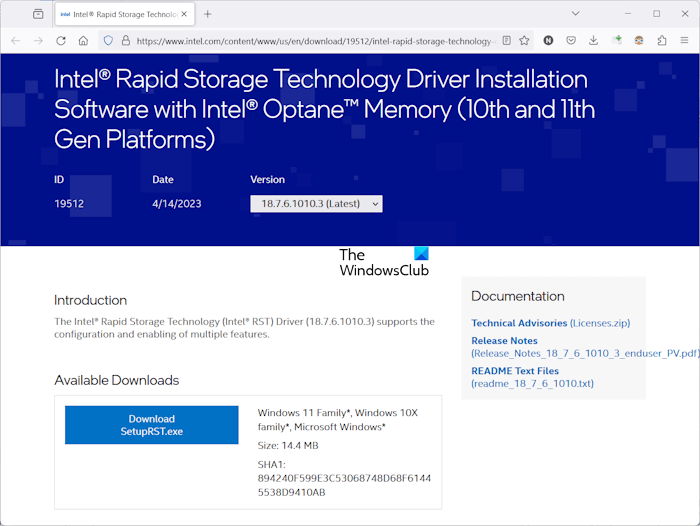
If you are using the Intel Rapid Storage Technology, the problem might be associated with its driver. Updating the Intel Rapid Storage Technology driver can help fix this issue. You can download the latest version of its driver from the official website of Intel.
Read: The IO operation at logical block address for Disk 0 was retried, Event ID 153.
7] Update AHCI Link Power Management settings for your hard drive
The AHCI Link Power Management settings for a hard drive are hidden on Windows computers by default. To change this setting, first, you have to enable it. For this, you need to modify Windows Registry. Be careful while modifying the Registry as any incorrect modification can lead to serious errors on your system and also make your system unstable.
Before you proceed, we recommend you create a System Restore Point and backup your Registry so you can restore your system to the previous working state if any problem occurs.
Follow the steps carefully and modify the right Registry keys. Open the Registry Editor. Copy the following path, paste it into the address bar of the Registry Editor, and hit Enter.
HKEY_LOCAL_MACHINE\SYSTEM\CurrentControlSet\Control\Power\PowerSettings\0012ee47-9041-4b5d-9b77-535fba8b1442\0b2d69d7-a2a1-449c-9680-f91c70521c60
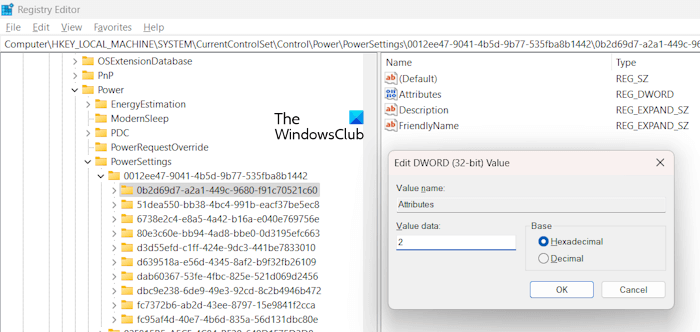
Make sure that the 0b2d69d7-a2a1-449c-9680-f91c70521c60 key is selected on the left side. Now, right-click on the Attributes value on the right side and select Modify. Delete the existing value and enter 2. Click OK after that.
Copy the following path and paste it into the address bar of the Registry Editor. After that, press Enter.
HKEY_LOCAL_MACHINE\SYSTEM\CurrentControlSet\Control\Power\PowerSettings\0012ee47-9041 -4b5d-9b77-535fba8b1442\dab60367-53fe-4fbc-825e-521d069d2456
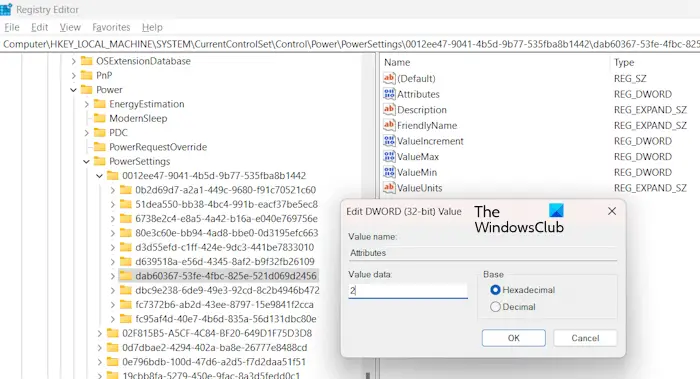
Make sure that the dab60367-53fe-4fbc-825e-521d069d2456 key is selected on the left side. Now, right-click on the Attributes value on the right side and select Modify. Delete the existing value and enter 2. Click OK to save the changes.
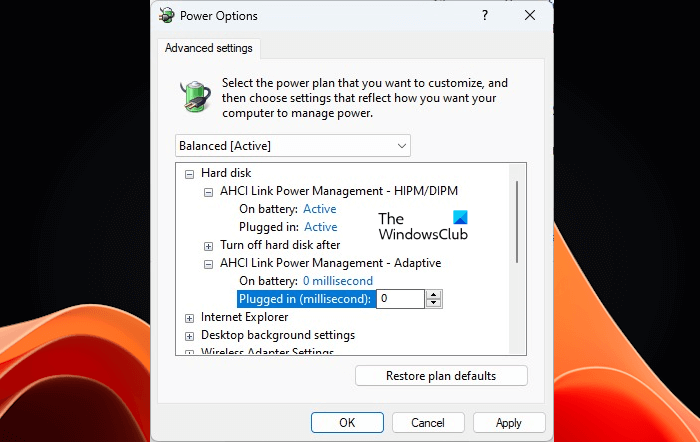
When you are done, close the Registry Editor and restart your system. After restarting your system, open the Control Panel, and set the View by mode to Large icons.
- Select Power Options.
- Click on the Change plan settings link next to your selected power plan.
- Now, click Change advanced power settings.
- Expand the Hard disk branch. Now, the AHCI Link Power Management option should appear for your hard disk.
- Set both the On battery and Plugged in options for AHCI Link Power Management – HIPM/DIPM to Active.
If the issue still persists, set the AHCI Link Power Management – Adaptive option for both On battery and Plugged in to 0 milliseconds.
8] Format your hard disk
If the issue still persists, we suggest you format your hard disk. Sometimes, repairing the hard disk with software does not help. In such a case, formatting can fix the problem. Back up all your data from your hard drive and then format it. This should help.
9] Your hard disk might be faulty (Contact hardware vendor support)
If none of the above-mentioned solutions worked for you, your hard drive might be faulty. We suggest you contact the storage device vendor for further assistance.
You can also refer to the official website of Microsoft to know more details and troubleshooting methods of the Event ID 129, Reset to device, \Device\RaidPort1, was issued warning on Windows computers.
What is event ID 129 Storahci?
Storahci.sys is a storage controller drive developed by Microsoft. It is a default driver to communicate with the storage devices connected to a computer when no other controller drivers are installed. The Event ID Storahci indicates that there is an issue with the Storahci.sys driver or your storage device. You may experience frequent freezing on your computer until you fix this issue.
What is Event ID 129 in Task Scheduler?
The Event ID 129 in the Task Scheduler indicates that the task process was created. You can view it in the History tab of the Task Scheduler (if the history is enabled). After this Event ID 129, the Event ID 100 occurs, which defines that the task has started, then Event ID 200 occurs. It indicates that the Action is started. In this way, different Event IDs are recorded in the Task Scheduler History tab until the task is completed. By default, the sequence of these Event IDs is from bottom to top.
Read next: Disk has been surprise removed, Event ID 157.
Leave a Reply